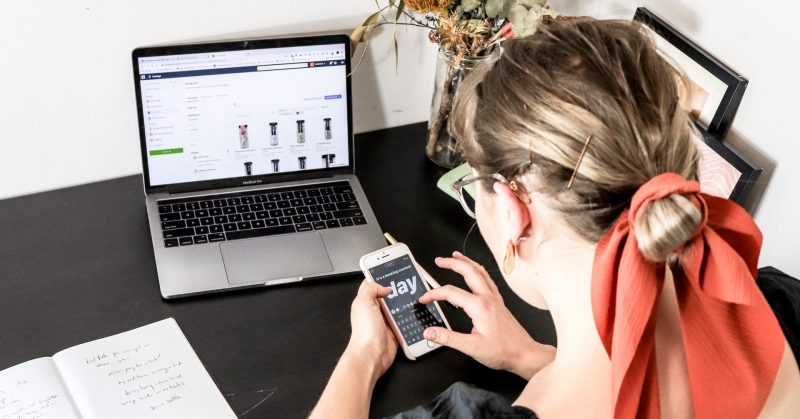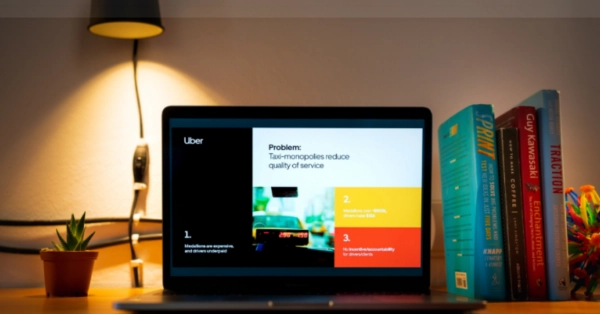The online shopping industry is increasing. But we've seen far too many ecommerce startups fail to get momentum. It took us years to figure out everything on this website. Set up your ecommerce site, protect yourself legally, get your finances in order, promote and sell your goods, and start developing your store with the knowledge provided here.

Research
The first and most important step is to begin your research. Don't make decisions based on a sensation. Any internet business is a long-term investment and you should treat it as such. There is no one-size-fits-all company model that works for everyone. The list goes on and on, with service-based businesses, software, digital product sales, and physical items barely scratching the surface.
You must first comprehend the various business strategies accessible before deciding what to sell online. Drop shipping or print on demand are good options if you want to make money without handling your goods or investing a lot of money up front.
If you want to have your own storehouse full of items, you'll need to put in more money up front and adopt a wholesaling or warehousing (retail) model. Do you have a business idea for the perfect product or a beloved item you'd want to sell under your own brand? Investigate white labeling and production options.
Then there are subscriptions, where you create a collection of things or a single product to be sent to your clients at regular intervals.
Research the niche
When someone sends you an e-commerce site with hundreds of goods, dozens of categories, and no apparent focus, it tends to be irritating. You can't be the next Costco or Amazon unless you have a huge budget. To manage a thriving e-commerce shop, you must specialize.
The most crucial step in starting an internet business is deciding on a specialty. Begin by finding successful organizations that are already operating in this market. Check to see whether the region is competitive; if there isn't any, it typically means there isn't a market.
Choose a niche that isn't extremely crowded, and avoid anything dominated by huge businesses. If you're having problems, narrow down what you want to accomplish even more — the more specialized you are, the less competition you'll encounter.
Niche-ing down also provides you the advantage of having a number of "shoulder" niches that are connected but not identical to what you do. You may cross-promote, become (or buy) an affiliate, and expand your consumer base by collaborating with other business owners in those categories.
Choose a product category with at least 1000 keywords and a niche that performs well on social media, where local publications are Amazon affiliates. You won't have to worry about delivering as much merchandise if you can find a few affiliate marketing opportunities, and you'll still be able to earn a profit.
Validate market and product ideas
You might be tempted to start looking for things to sell now that you've established a niche and business approach.
Don’t. Consider personas before you consider product concepts. If you don't know who you're selling to, you can't expect people to buy your goods.
What's your name? What does the shop stand for? Who do you think your ideal consumers are? You must maintain a consistent brand image (a journey that starts with your brand name).
Thankfully, Facebook makes it quite simple for us to locate your target demographic on the internet. Know exactly how many individuals you can reach out to. You may get highly specific figures and demographics by drilling down.
It's time to come up with product ideas once you've determined the image you want to present and the customer you're catering to. I recommend beginning with one - you'll spend less money at first, and if you want to expand, you can use affiliate marketing to test the waters.
However, before you invest in the goods, give it a thorough examination. Even if you choose a dropshipping model, you should thoroughly test the product and have a feel for it so you can spot any possible issues and develop customer support scripts to address frequent concerns.
Determine the feasibility of your proposal as part of verifying it. Are you able to find providers who can fit your budget? Is there a backup plan if your supplier goes out of business?
Set up Business and Branding
You need a brand that resonates with your identity if you want to launch a successful business. Building an online brand is made easier by identifying your identity. If you're marketing items to corporate business women who want to live a more sustainable life, you might want to stay away from girly colors and pictures.
But there are certain fundamental steps you'll need to do before you set up your business and get into the fine gritty of developing a brand, like registering a business, establishing a name for the store, creating a brand identity, getting your licence, creating a logo, etc.
Business Plan
You should have a good notion of how your company will appear by now. You know who your target market is, what your product niche is, and what your brand name is.
Now is an excellent moment to take a step back and write out your company strategy, as well as your beginning budget, loan requirements, and monthly expenses.
The financial side of a company is the most significant. Determine your break-even threshold in terms of both unit sales and time (in months). Any meaningful business is a financial investment. That was, in fact, one of the first lessons I learnt in MBA school. The role of a CEO is to take resources and transform them into profit.
During the company planning stage, you should also smooth out issues such as your employees, product sourcing, logistics, and marketing budget. Make sure you're aware of all the financial options open to you.
Many entrepreneurs avoid selling real goods on the internet. To sell online, you don't need to keep things in your garage. You can outsource your inventory management to fulfillment centers.
Inventory management software will aid in the organization of your firm, especially if you have a huge inventory of things. However, it is not suitable for novices. When you're first starting out, keep things basic. Order things from the manufacturer and have them delivered right to the fulfillment center.
Build the online store
Once you've officially become an ecommerce business owner, you'll need to register your domain name as well as any appropriate redirect URLs. When you're ready to construct your store, you'll need the design information you chose in the previous stage.
Your ecommerce software must also be compatible with the design you choose.
There are hundreds of ecommerce shopping cart platforms to choose from. It's not simple to pick the best ecommerce software. Things like loading speed, functionality, compatibility with various payment channels, compatibility with your business structure, your web development talents, SEO-friendly features, and more must all be carefully considered.























